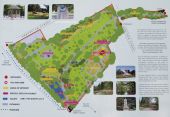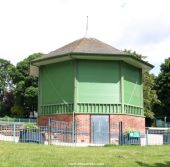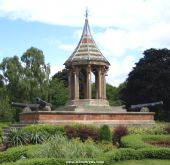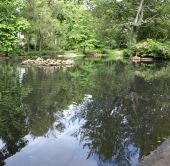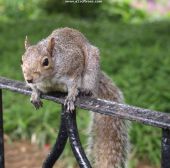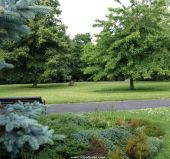Categories
Calendars
Guides
Reviews
Archive
Gallery
Articles
Ask Our Gardening Expert
Nottingham Park Grounds (click any picture to enlarge it)
THE PARK
Two key features of the park are listed buildings and have recently
been renovated. The Band stand on the left dates back to 1881. The Chinese Bell Tower was originally built in 1862.
The aviary is at the centre of the park and houses many rescued
birds which would otherwise have died.
The lake is another beautiful feature of the park with shrubs
and trees shading its borders.
The park supports a wide variety of wildlife which you are
advised not to feed.
The squirrels are particularly friendly, with a definite
interest in humans! Ducks and pigeons are also common around the
lake.
There's lots more in the park, just stroll
around and find out for yourself. In the end, the park's most frequent
visitors, especially in early summer, are the students of nearby
Nottingham University. HISTORY OF THE NOTTINGHAM ARBORETUM PARK The vast majority of the park features (statues, band
stand, aviary and Bell Tower) were added over the next 40 years and
remain until this day. Some of the original trees planted also remain
although the tree collection has been steadily enhanced and replaced
over the years. In addition to the trees, the arboretum is planted with
displays of annual bedding plants and over the years the dahlia display
area has become rightly famous. In 2002 funds were raised to restore many of the hard
features of the park to their original condition. Probably the two most
significant areas to be restroed were the Chinese Bell Tower and the
band stand which is regularly used. A number of events are arranged throughout the year for
the residents of Nottingham. The following websites will provide up to
date information about those events and more information about
Nottingham Arboretum:Nottingham Park Grounds
(click any picture to enlarge it)
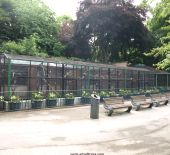
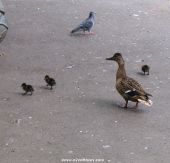
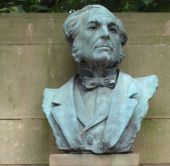
Nottingham Arboretum was opened in 1852 and was designed to be a free to
enter park for the inhabitants of Nottingham. The emphasis was, and
still is, to provide a park which was home to a varied and interesting
collection of trees.
